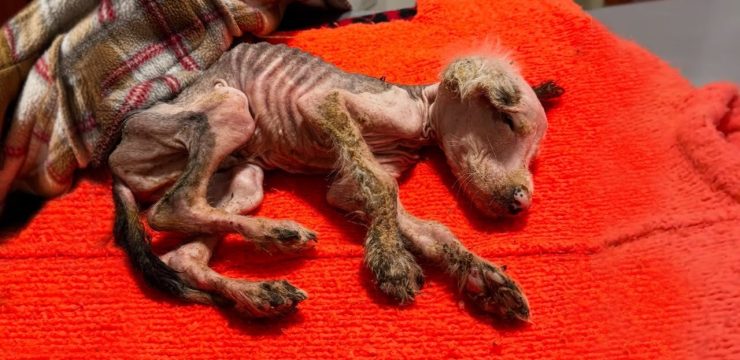Anyone who’s ever shared their home with a cat knows how charming, mysterious, and sometimes downright peculiar they can be. My old cat was no exception—he loved to play, chase shadows, nap in the sun, and curl up on my chest during rainy days. But every once in a while, without warning, he’d give me a gentle little bite. Not enough to hurt, but enough to leave me puzzled. If your cat has ever done the same, you might have wondered what it really means. Believe it or not, cats bite for a variety of reasons, and most of them have nothing to do with anger or meanness.

Let’s start with one of the most common reasons—playfulness. Cats, especially younger ones, love to engage in games that mimic hunting. That includes stalking, pouncing, swatting, and yes, biting. During play, they may give you what we call “play bites.” These are typically light, don’t break the skin, and happen when your cat is feeling extra energetic or overstimulated. These little nips can sting, sure, but they’re not meant to harm. Think of them as part of the cat’s natural behavior—a leftover instinct from their wild ancestors.
Next, let’s talk about what are often referred to as “love bites.” It may sound strange to associate affection with biting, but in the feline world, it’s a real thing. If your cat gives you a soft bite while purring or during a cuddle session, it might just be their way of saying, “I like you, but that’s enough.” According to Samantha Bell, a cat expert with Best Friends Animal Society, cats sometimes bite gently when they’re enjoying attention but are close to feeling overstimulated. It’s like their way of saying, “I’m into this… but don’t push it.” Sometimes, these love bites also show up when your cat wants something—like food or more petting. Rather than being a sign of aggression, they’re a form of communication, a way to express needs or limits.
Another reason a cat may bite is overstimulation. While many cats enjoy being petted, there can come a point where it becomes too much. Maybe you’ve been stroking your cat for a few minutes and suddenly, they snap and nip at your hand. It’s not that they’re angry—it’s that their sensory threshold has been reached. Each cat is different, and some have lower tolerance for touch. It’s important to learn your cat’s cues: a twitching tail, flattened ears, or sudden stillness can all signal that it’s time to stop.
Fear and stress are also key triggers for biting. If a cat feels threatened, trapped, or startled, it might lash out as a defense mechanism. For instance, if you try to pick up a cat who doesn’t want to be held, or corner them during a stressful situation, they may bite to protect themselves. This type of biting is not about aggression—it’s about survival. Understanding your cat’s boundaries and respecting their comfort zone can go a long way in preventing fear-based bites.
Sometimes, a cat may bite due to pain or discomfort. This kind of behavior often comes as a surprise to owners. If your cat suddenly starts biting when you touch a certain part of their body, it might be a red flag. They could be dealing with a hidden injury or illness. For example, arthritis, dental issues, or even internal problems might make your cat sensitive to touch. In such cases, it’s wise to schedule a visit with the vet to rule out any medical issues.
Biting can also stem from territorial behavior. Cats are naturally territorial animals and they may bite to assert dominance or defend what they see as their personal space. Whether it’s a favorite spot on the couch, a specific room, or even their human companion, a cat may act out if it feels like its territory is being invaded. This kind of biting is more common in multi-pet households, or when a new animal or person is introduced into the home.
Young cats and kittens, in particular, are notorious for their biting habits. They’re full of energy and curiosity, and much of their learning happens through play. Unfortunately, that often includes biting hands and feet. While it might seem cute when they’re tiny, it’s not behavior you want to encourage. Allowing kittens to bite during play can teach them that human limbs are toys, and as they grow, those playful bites can become painful or even dangerous. That’s why it’s important to redirect their biting behavior toward appropriate toys and teach them boundaries early on. This helps ensure that as they grow into adults, they understand how to play safely with humans.
Of course, even playful or affectionate bites can lead to real problems if not treated properly. Cat bites, particularly those that puncture the skin, carry a risk of infection. That’s because a cat’s mouth contains bacteria that can be harmful if introduced into the body. Their sharp teeth are capable of piercing deep into the skin, potentially depositing bacteria into the tissue. This can result in infections like cellulitis or even more serious complications if left untreated.
If you do get bitten by a cat, it’s important to act quickly. First, clean the wound thoroughly with mild soap and running water. Next, apply an antiseptic to kill any lingering bacteria. Then cover the bite with a clean, sterile bandage. Keep an eye on the wound over the next few days for any signs of infection like redness, swelling, or pus. If symptoms develop—or if the bite is deep—seek medical attention as soon as possible.
In the end, understanding why your cat bites is about more than just preventing future nips—it’s about building a stronger, more respectful relationship with your pet. Whether it’s a love bite, a warning, or a cry for help, every bite has a story behind it. By paying attention to your cat’s behavior and responding with care, you can better meet their needs and enjoy a more harmonious bond.





